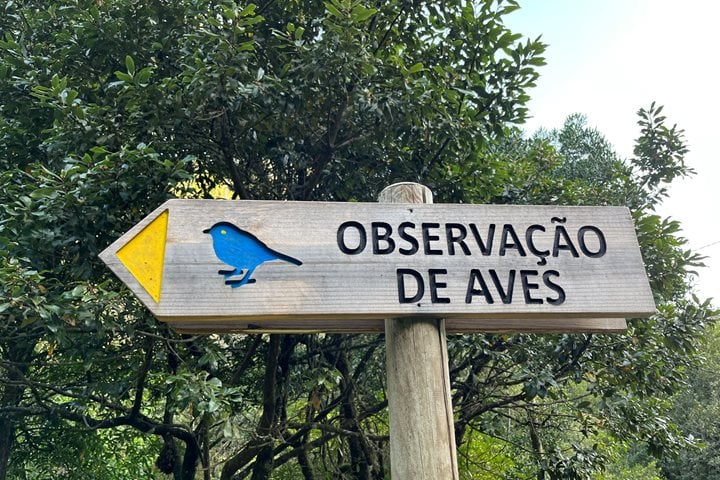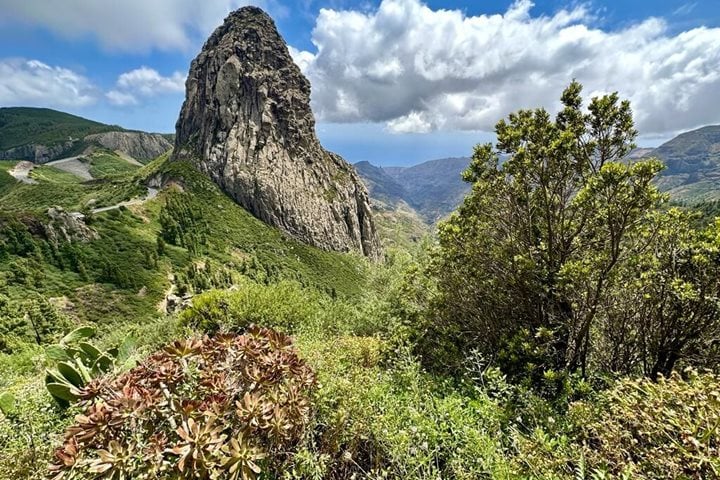We awoke to another day at sea. Now we’re out of the tropics, having crossed the Tropic of Capricorn, so no longer “rolling down to Rio”, in the well-worn mariners’ phrase, with following seas propelled by the steady north-east trades. Rather, we’re pitching into current and head-wind from the south. Before breakfast we had been joined by an albatross, identified by our naturalists as a yellow-nosed albatross of the species that breeds on the islands of Nightingale and Inaccessible in the Tristan da Cunha archipelago, midway between our current position and Cape Town in South Africa.
The albatross is an emblematic species of bird for sailors. The wandering albatross has the largest wing-span of any bird, over 360cms and weighing some 9kg, soaring and gliding majestically astern of the vessel. The yellow-nosed albatross is smaller but exhibits a similar pattern of flight. The bird takes its name in English from a corruption of the Portuguese word for pelican, Alcatraz. Their association with remote islands, their graceful and apparently effortless flight following in the wake of ships, led to the superstitious belief that they represented the reincarnated souls of drowned sailors. Ungainly on land when breeding, mortality is high in the first year but the survivors can achieve ages as high as 30 years. Unfortunately, they are very vulnerable to being caught as by-catch in long-line fisheries and their numbers are thus in serious decline.
Another rarity observed early in the evening was the spectacled petrel following in the National Geographic Orion’s wake. This was followed just ahead of dinner with a fine sunset and green lash, observed from the aft deck.







